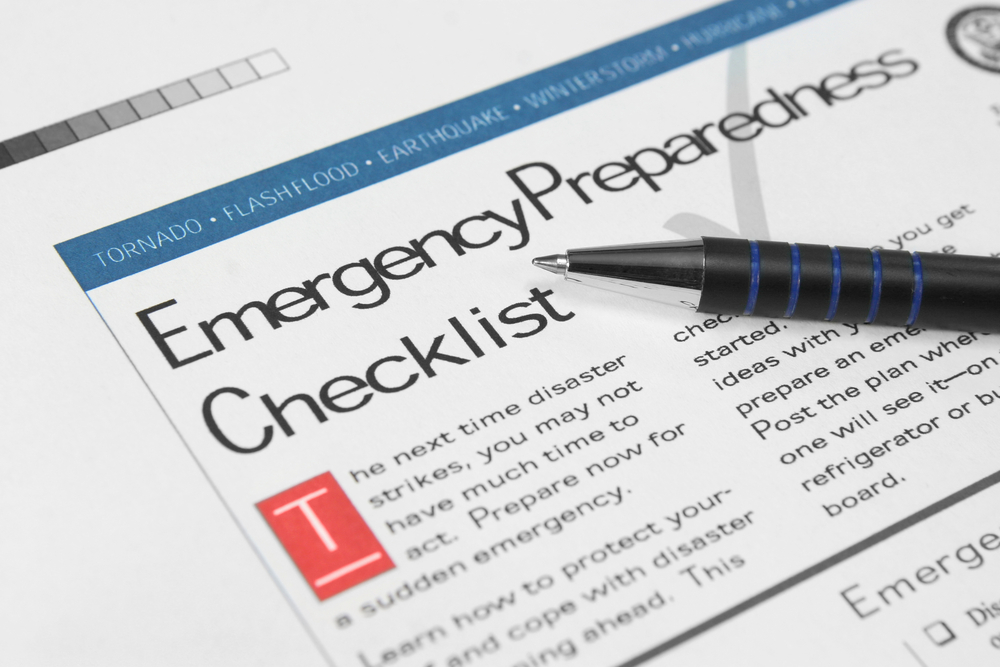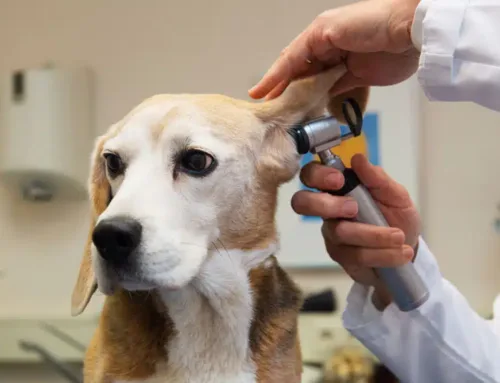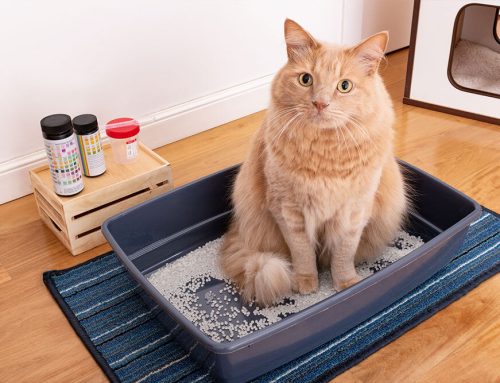Natural disasters can strike with little warning, and being prepared can make a significant difference in ensuring your pet’s safety and well-being. Whether a hurricane, earthquake, wildfire, or flood strikes, a comprehensive plan can help you when quick decision-making is required. Our Fairfax Veterinary Clinic team provides integral tips to prepare your four-legged friend for any natural disaster.
Make a disaster plan for your pet
Having a clear plan can save valuable time during an emergency. Your pet will require special consideration because some hotels, shelters, restaurants, and other places of refuge do not accept pets. Consider the following when anticipating your pet’s needs:
- Evacuation plan — Know the safest routes out of your area and identify pet-friendly resting areas along the way where you can safely walk your pet on a leash to stretch and go potty.
- Pet-friendly lodging — Most shelters, including Red Cross Shelters, do not allow pets. Map out pet-friendly hotels and motels along your chosen route. Contact our Fairfax Veterinary Clinic staff for suggestions on where your furry friend can safely lodge during an evacuation.
- Safe haven — If you need to stay away from home for a long period, reach out to friends, relatives, or boarding facilities outside your immediate area that can take in your pet.
- Pet-friendly emergency contacts — Keep an emergency contact list, including our veterinary team, local animal shelters, and animal control.
Create an emergency kit for your pet
A pet emergency kit includes all their daily needs. Your four-legged friend’s emergency kit should be easily accessible, such as in a closet, with all of the following items:
- Food and water — Store at least a two-week supply of pet food and bottled water. If your pet eats canned food, remember to pack a manual can opener.
- Medications — Keep a two-week supply of all your pet’s medications, along with instructions for administering them.
- First aid kit — Include bandages, antiseptic wipes, tweezers, and any necessary pet medical supplies.
- Identification — Ensure your pet has up-to-date identification tags, a microchip, and a recent photo in case you get separated.
- Sanitation supplies — To maintain hygiene, pack waste bags or cat litter and disposable litter trays.
- Comfort items — Last but not least, pack familiar toys, blankets, and bedding to help reduce your pet’s stress and anxiety during an evacuation.
Prepare a pet-safe place in your home
Some disasters require you to shelter in place. However, not all areas of the home are safe, depending on the disaster. Consider the following:
- Secure areas — Identify safe areas in your home where you and your pet can stay during a disaster, such as a basement during a tornado, under a sturdy beam or structure during an earthquake, or an upper floor during a flood.
- Pet-proofing — Ensure the safe room is free of hazards and stocked with water, food, and other supplies.
- Access and exits — Have carriers, leashes, and harnesses ready for a quick exit. Practice loading your pet into their carrier or keeping the carrier open with treats and toys to familiarize them with the process.
Stay informed to better plan for your pet
By staying informed about an impending disaster, you have the time to execute your plan and better protect your pet. Sign up for emergency alerts from local authorities and weather services. Assess your risk, understand the types of disasters that usually occur in your area, and prepare accordingly.
Keeping your pet safe during the disaster
During the disaster, stay calm to minimize your pet’s fears. Remember the following:
- Sheltering in place — If you must stay home, keep your four-legged friend in a safe area. Close all doors and windows, and listen to emergency broadcasts for updates.
- Evacuating — Take your furry pal’s emergency kit and evacuate as planned. Keep your pet leashed or in a carrier at all times to prevent them from running away in panic.
Post-disaster actions for your pet
After the disaster, follow these tips to keep your pet safe and help them stay healthy:
- Assess the environment — Before allowing your furry friend outside, check the area for hazards such as sharp debris, contaminated water, or downed power lines.
- Monitor your pet’s health — Watch your pet for stress or illness signs, such as changes in behavior, appetite, or elimination. Contact our veterinarian if you suspect that your pet is ill or injured.
- Locate your pet if they become separated from you — If your pet becomes separated from you, contact local shelters and veterinary clinics, post on social media, and use lost pet websites to try to locate them.
Preparing your pet for a natural disaster involves planning, gathering supplies, and staying informed. By following the tips we have provided here, you help ensure that you and your pet are ready to face any emergency. Contact our Fairfax Veterinary Clinic team if you have questions about natural disaster preparedness.








Leave A Comment